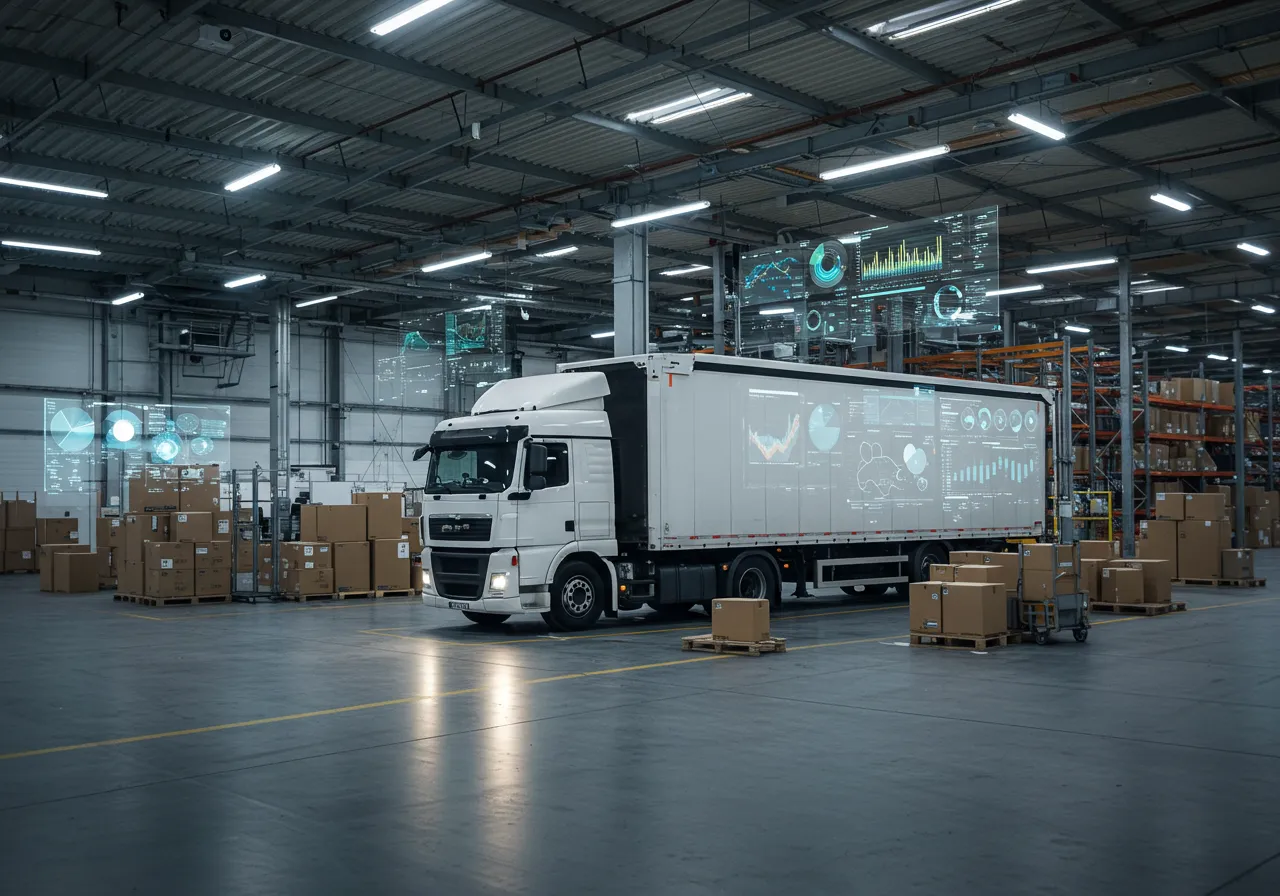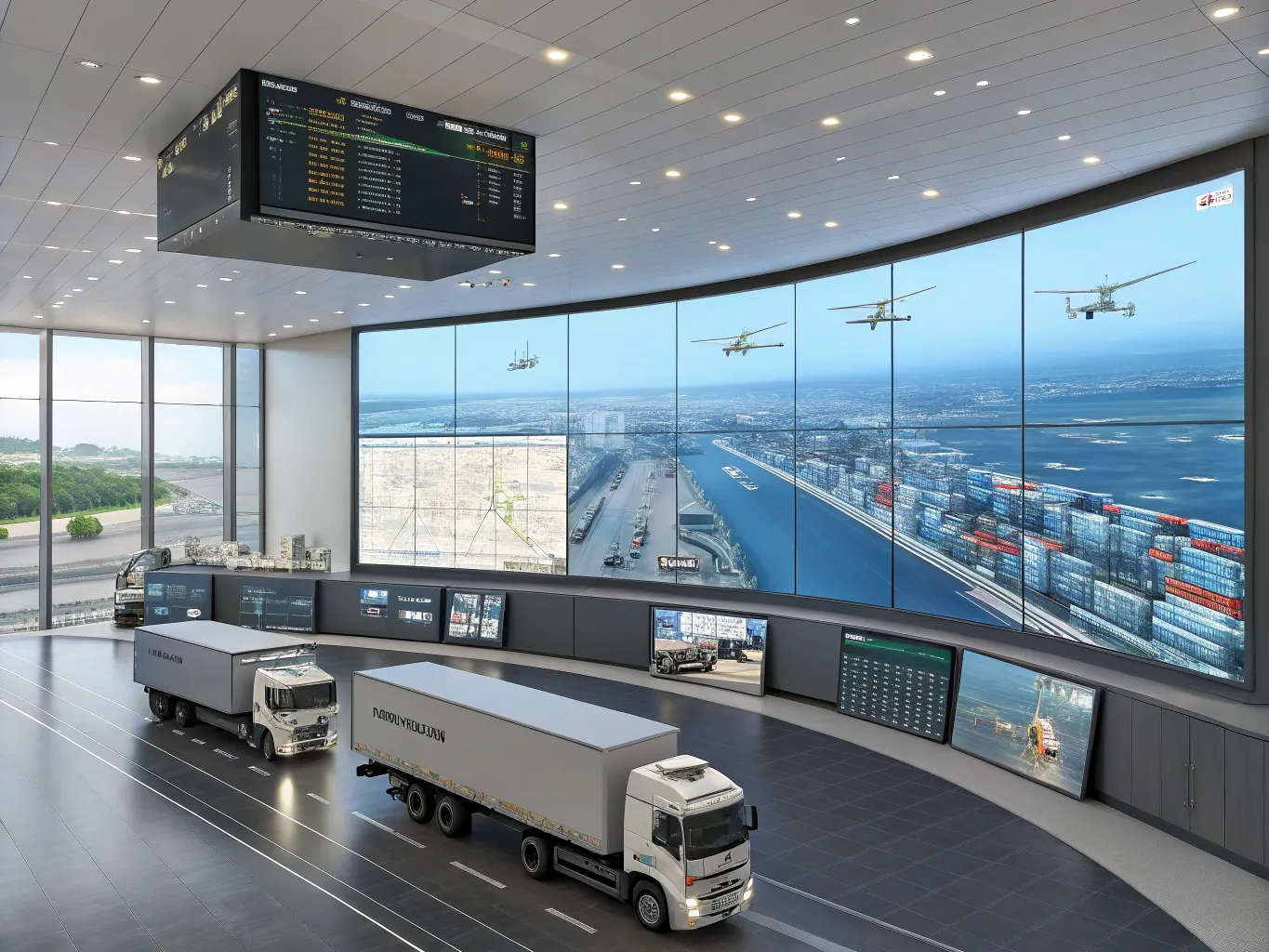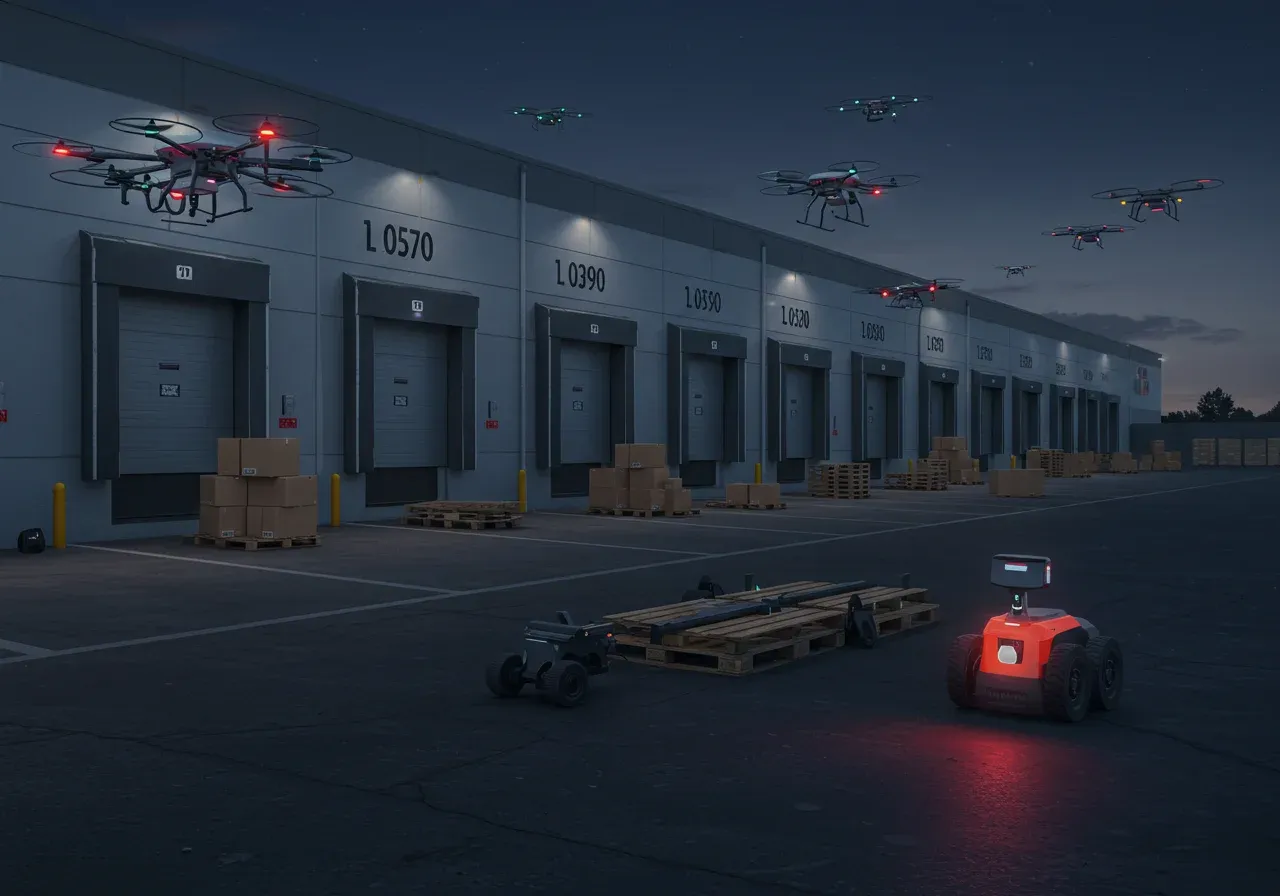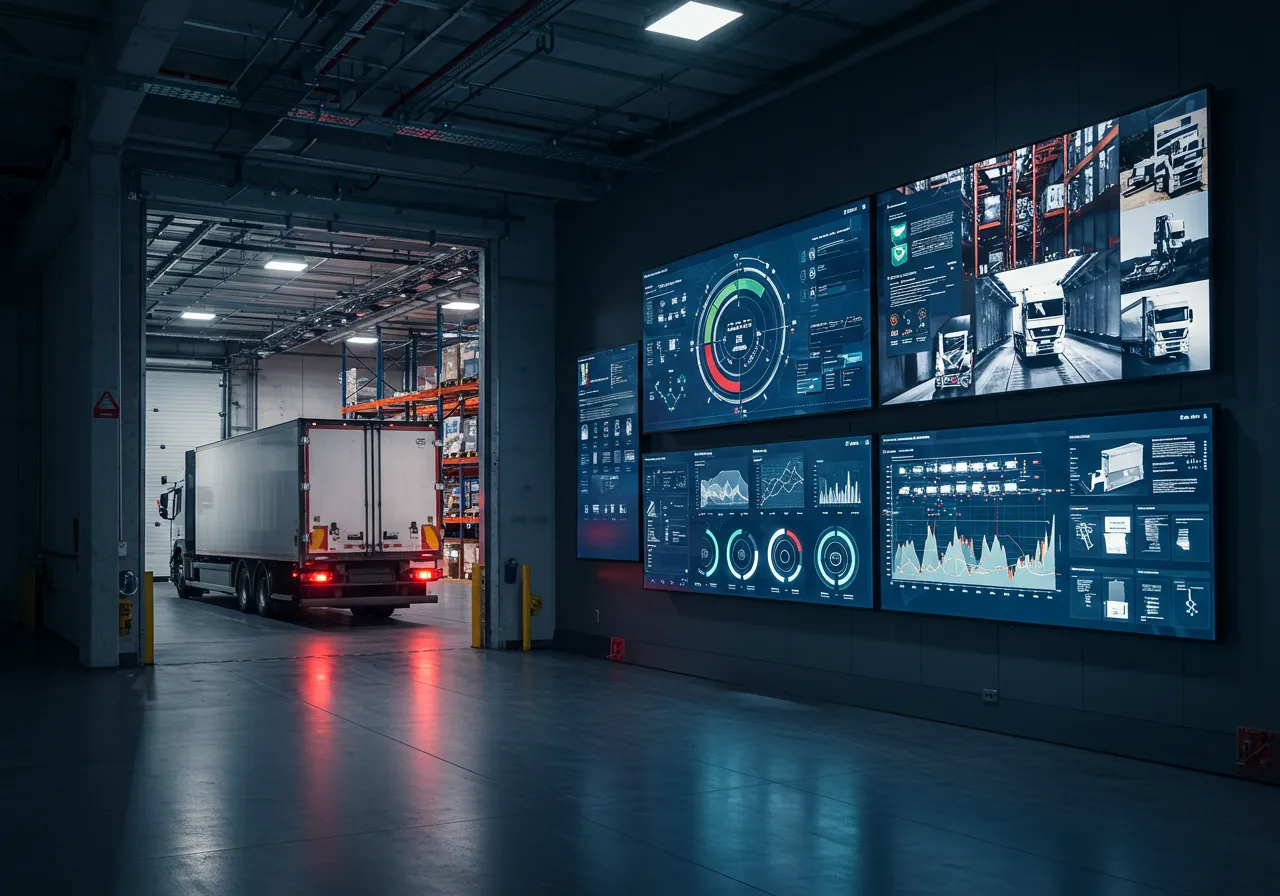
Harness Digital Twin Power
Leverage digital twin technology to streamline supply chain visibility, optimize logistics routes, and improve asset utilization, reducing operational costs by up to 15%.
Transformative Operational Insights


Optimize Logistics Efficiency
Industries We Serve
- Manufacturing: Enhancing production efficiency through real-time supply chain monitoring, allowing a 15% reduction in lead times. Our logistics solutions streamline inventory management, reducing waste and ensuring seamless raw material replenishment.
- Energy: Optimize supply networks with predictive analytics in logistics, improving delivery schedules of critical energy resources. Our solutions provide insights for reducing transportation costs by 12% and enhancing safety compliance in hazardous materials handling.
- Aerospace: Achieve precision in logistics operations with our advanced tracking systems, which enhance parts availability by 20%. We facilitate the coordination of complex supply chains, ensuring timely delivery of components to assembly lines.
- Automotive: Shorten production cycles by 10% with our logistics solutions, which integrate seamlessly with manufacturing processes for just-in-time delivery. Enhance supply chain resilience by monitoring supplier performance and proactively mitigating risks.
- Healthcare: Improve patient outcomes with faster supply of medical equipment and pharmaceuticals through our logistics services. We ensure secure and reliable transport of sensitive goods, reducing spoilage by 18% with temperature-controlled logistics.
Core Technologies Enhancing Logistics
- Simulation: Utilize advanced simulation technologies to model logistics scenarios, reducing planning time by up to 30%. For example, a retail company can simulate holiday season demand spikes, optimizing their delivery routes and ensuring timely stock replenishment.
- Predictive Analytics: Leverage predictive analytics to forecast demand with 85% accuracy. This allows supply chain managers in the automotive sector to anticipate parts shortages, minimizing downtime and maintaining production schedules.
- Asset Management: Implement comprehensive asset management systems to track fleet usage and maintenance schedules, improving asset lifecycle by 20%. In the pharmaceutical industry, this ensures cold chain integrity by monitoring refrigeration units in real-time.
- Integration: Streamline operations with seamless integration strategies that connect various logistics platforms. For instance, integrating IoT devices with warehouse management systems can reduce order processing times by 25%, enhancing fulfillment efficiency.
- Automation: Deploy automation tools such as robotic process automation (RPA) to handle repetitive tasks in logistics, cutting labor costs by 40%. A case in point is the use of automated sorting systems in e-commerce warehouses to increase picking accuracy and speed.
Digital Twin Features
Real-Time Monitoring
Enhance operational visibility by tracking shipments with real-time GPS data and IoT sensors. Identify potential delays instantly, reducing transit times by up to 25% through proactive adjustments.
Advanced Scenario Simulation
Deploy complex simulations to assess logistics pathways under varied conditions. Predict and mitigate risks by modeling 'what-if' scenarios, resulting in a 30% increase in route efficiency.
Predictive Asset Management
Utilize AI-driven analytics to predict maintenance needs and prevent equipment failure. Extend asset lifespan by 20% and reduce unexpected downtimes, ensuring seamless supply chain operations.
Dynamic Resource Allocation
Automatically allocate resources based on demand forecasts, optimizing inventory levels. Achieve a 15% reduction in excess inventory and improve resource utilization across the supply chain.
AI-Powered Logistics Transformation

Technology-Driven Logistics Advantages
- Enhanced Operational Efficiency: By leveraging real-time data analytics and automation, logistics operations can reduce processing times by up to 30%, ensuring faster turnaround and increased throughput in distribution centers.
- Dynamic Cost Optimization: Implementing route optimization algorithms can decrease fuel consumption by approximately 15%, translating into significant cost savings across the supply chain, particularly in last-mile delivery scenarios.
- Proactive Risk Mitigation: With predictive analytics, identify potential supply chain disruptions such as delays or equipment failures ahead of time, minimizing downtime and maintaining consistent service levels.
- Intelligent Inventory Management: Utilize machine learning models to accurately forecast demand, allowing for a reduction in excess inventory by 20%, optimizing storage space and capital allocation.
- Sustainable Logistics Practices: Adopt green logistics solutions to reduce carbon emissions by up to 25%, supporting corporate social responsibility goals and compliance with environmental regulations.
Deep Dive into Digital Twin Mechanics
Digital Transformation with Twins
You may also be interested in
Maximize your potential with our seamless, end-to-end supply chain solutions.

Automation
Leverage state-of-the-art automation to optimize logistics, boosting operational accuracy by up to 30% while minimizing human error. Enhance supply chain agility and cut transit times significantly.

EDI
Enhance accuracy and speed in transactions by integrating EDI, reducing manual errors by up to 90%. Elevate supplier and partner interactions with seamless data exchange, driving efficiency across your logistics network.

Customer Relationship Management (CRM) Integration
Transform your logistics with seamless CRM integration. Improve customer interaction efficiency by 30%, increase order accuracy, and reduce response times, leading to higher customer satisfaction.